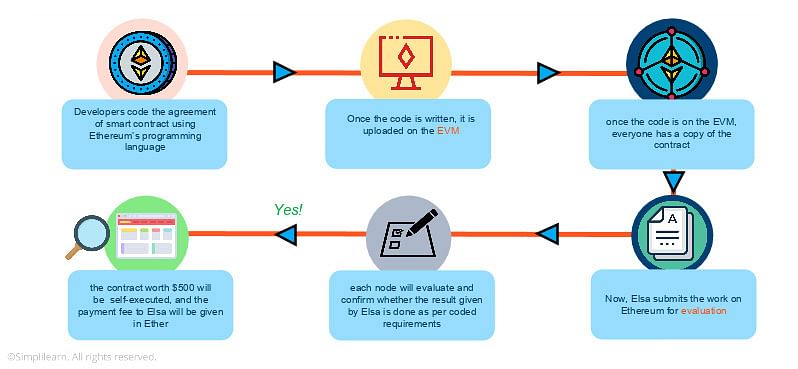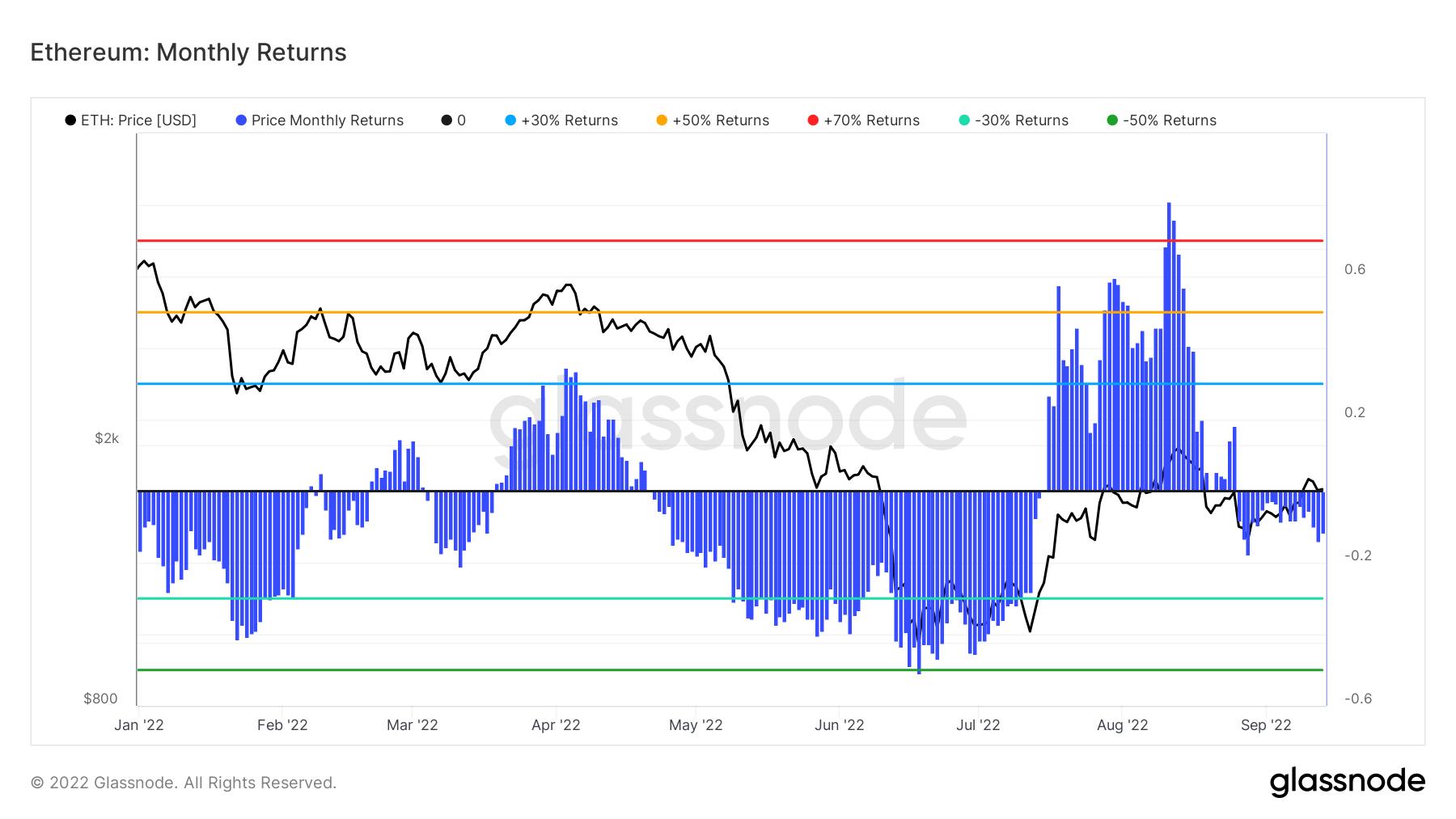Music Audio Library Free A Comprehensive Guide
The world of music creation is constantly evolving, and access to high-quality audio is crucial for any project. Fortunately, a wealth of free music audio libraries exists online, offering creators a diverse range of soundscapes to enhance their work. However, navigating this landscape requires understanding licensing, quality variations, and the limitations inherent in using free resources. This guide provides a comprehensive overview, equipping you with the knowledge to effectively utilize free music libraries while adhering to legal and ethical considerations.
From identifying reputable sources and understanding various Creative Commons licenses to selecting appropriate music for specific projects and properly attributing your sources, this guide will walk you through the entire process. We will explore the characteristics of music commonly found in these libraries, discuss the potential drawbacks of relying solely on free resources, and offer illustrative examples of successful implementations.
By the end, you’ll be equipped to confidently integrate free music into your projects while respecting copyright and enhancing your creative endeavors.
Understanding “Free Music Audio Libraries”
Free music audio libraries offer a valuable resource for creators needing background music, sound effects, or other audio elements for their projects. However, understanding the nuances of these libraries is crucial to avoid legal issues and ensure the quality of your work meets your standards. This section explores the types of libraries available, the licensing implications, and the varying audio quality you might encounter.
Types of Free Music Audio Libraries
Several types of free music audio libraries exist online, each with its own strengths and weaknesses. Some specialize in specific genres, such as royalty-free classical music or upbeat electronic tracks. Others offer a broader range of styles, encompassing everything from ambient soundscapes to dramatic orchestral pieces. Furthermore, some libraries focus exclusively on sound effects, providing a vast collection of realistic and stylized audio for various applications.
Finally, some libraries are curated collections from individual artists, while others are large platforms aggregating contributions from numerous sources. The choice depends entirely on your specific needs and preferences.
Licensing Implications of Using Free Music
Using music from free libraries requires careful attention to licensing. The most common type of license is Creative Commons (CC), which offers various levels of permissiveness. For example, a CC BY license allows for commercial use and modification, provided proper attribution is given to the original creator. In contrast, a CC BY-NC license permits non-commercial use only, while a CC BY-ND license allows sharing and modification only if attribution is given and no derivative works are created.
Other libraries might use different licensing schemes, so it’s vital to carefully read the terms and conditions before downloading any audio. Failure to comply with the license terms can result in copyright infringement, potentially leading to legal action and financial penalties. For instance, using a track licensed for non-commercial use in a commercial video could lead to such consequences.
Audio Quality Variations in Free Music Libraries
The audio quality in free music libraries varies significantly. Some libraries feature professionally produced tracks with high bitrates and mastering, resulting in clear, crisp audio suitable for high-quality productions. Others may offer lower-quality recordings, potentially containing noticeable artifacts, noise, or compression. The variation often depends on the experience and equipment of the individual contributors. Libraries with stringent quality control measures tend to offer more consistent high-quality audio.
In contrast, libraries that prioritize quantity over quality may contain a wider range of audio fidelity. For instance, a library relying on user submissions might have inconsistencies in audio quality compared to one with a professional curation team.
Finding and Utilizing Free Music Audio Libraries
Finding and using free music for your projects can be a surprisingly straightforward process, offering a wealth of creative possibilities without the financial constraints of commercial music licensing. This section will guide you through identifying reliable sources, selecting suitable tracks, and ensuring proper attribution, allowing you to seamlessly integrate royalty-free music into your work.
Reputable Free Music Audio Libraries
Several websites offer high-quality audio under various Creative Commons licenses. Choosing a reputable source ensures you’re using legally sound music and avoids potential copyright issues. The following table lists some well-known options, though this is not an exhaustive list, and new platforms emerge regularly.
| Name | URL | License Type | Audio Quality Description |
|---|---|---|---|
| FreeSound | https://freesound.org/ | Varies (check individual sounds) | Varies; generally good quality, but depends on the contributor. Expect a range from low-bitrate MP3s to high-resolution WAV files. |
| Musopen | https://musopen.org/ | Public Domain/Creative Commons | High-quality recordings of classical music, often in lossless formats. |
| Audionautix | https://audionautix.com/ | Creative Commons Attribution 3.0 | Primarily royalty-free music suitable for various projects; typically MP3 format. |
| Incompetech | https://incompetech.com/music/ | Creative Commons Attribution 3.0 | A large library of royalty-free music, often categorized by genre and mood. Available in various formats. |
Selecting Appropriate Music for a Project
The selection process should align closely with the project’s overall tone, mood, and intended audience. Consider factors like genre, tempo, instrumentation, and emotional impact when choosing music. For example, a fast-paced action video game would require vastly different music than a relaxing meditation podcast.
A typical workflow involves:
- Defining Project Needs: Clearly articulate the desired mood, genre, and tempo of the music. Consider the overall length required and any specific sections needing distinct musical cues.
- Searching the Library: Utilize the search functionality of the chosen library, using relevant s (e.g., “upbeat jazz,” “calm ambient,” “epic orchestral”). Browse through available tracks and preview them.
- Evaluating and Comparing: Listen critically to several tracks, comparing their suitability to the project’s needs. Consider the licensing terms and audio quality.
- Download and Integration: Once a suitable track is selected, download it, adhering to the license terms. Integrate the music into your project using appropriate audio editing software.
Proper Attribution and Compliance with Licensing Agreements
Proper attribution is crucial for respecting the rights of creators and avoiding legal issues. Each free music library operates under specific licensing terms, typically Creative Commons licenses. These licenses usually require providing credit to the original artist.
To ensure proper attribution, always:
- Read the License: Carefully review the license associated with each track before downloading and using it. Understand the specific requirements for attribution.
- Provide Credit: The license will specify how to credit the artist. This typically involves including the artist’s name and a link to their website or profile on the music library. In video descriptions or podcast show notes, clearly state the source of the music and the relevant license.
- Maintain Records: Keep a record of all downloaded tracks, including the artist’s name, the license details, and the date of download. This is essential for managing your usage and proving compliance if needed.
- Contact the Artist (When Necessary): For specific questions or situations not clearly addressed in the license, contacting the artist directly is a recommended approach.
Exploring Music Audio Song Characteristics
Free music audio libraries offer a diverse range of songs, but certain characteristics frequently appear. Understanding these common traits helps users effectively select music suitable for their projects. Analyzing these characteristics allows for a more informed choice, leading to a more harmonious integration of music and media.The prevalent genres, instrumentation, and overall styles found in free music libraries reflect current trends and the needs of various media projects.
These libraries often prioritize royalty-free music that is versatile and easily adaptable to different contexts, leading to a certain predictability in the types of music available.
Genre Trends in Free Music Libraries
Free music libraries tend to heavily feature genres suitable for a wide range of applications. Popular choices include acoustic, ambient, corporate, and cinematic styles. These genres offer a balance between being emotionally evocative and unobtrusive, allowing them to serve as effective background music without distracting from the primary content. While more niche genres might exist, their availability is often less consistent.
For instance, while you might find some free jazz or electronic music, it’s less common than the more widely applicable genres listed above.
Instrumentation and Style
The instrumentation used in free library music often reflects the need for versatility. Acoustic instruments like guitars, pianos, and strings are prevalent, as they easily blend into various settings. Electronic elements are also frequently incorporated, offering a modern touch without being overly aggressive or distracting. The overall style tends toward minimalist and atmospheric compositions, avoiding overly complex or jarring arrangements.
This approach ensures broad applicability and minimizes the risk of the music clashing with the visual or narrative elements of a project.
Comparative Analysis of Music Libraries
Different free music libraries may emphasize different musical styles. Some might specialize in upbeat, positive tracks ideal for advertising, while others may focus on more somber and reflective pieces suitable for documentaries or corporate videos. For example, one library might have a strong collection of lo-fi hip-hop tracks, while another might specialize in orchestral pieces. This variance necessitates users researching several libraries to find the best fit for their specific needs.
The quality of production and the range of licensing options also vary between libraries, impacting their overall suitability.
Impact of Song Characteristics on Application Suitability
The characteristics of a song from a free library directly influence its appropriateness for different applications. A fast-paced, upbeat track with bright instrumentation would be well-suited for a promotional video, whereas a slow, melancholic piece with subdued instrumentation might be more appropriate for a documentary or a reflective scene in a film. A track with prominent electronic elements might fit well into a tech-related presentation, while a piece featuring acoustic instruments might be a better choice for a nature documentary.
Careful consideration of these factors ensures that the music enhances the overall impact of the project rather than detracting from it. For instance, using a high-energy rock track for a somber memorial video would create a jarring and inappropriate contrast.
Limitations of Free Music Audio Libraries
While free music audio libraries offer a convenient and cost-effective solution for many projects, relying solely on them presents several significant drawbacks. These limitations primarily stem from the inherent restrictions on selection, creative control, and overall quality, often impacting the professional polish and unique branding of a project. Understanding these limitations is crucial for making informed decisions about music sourcing.The most obvious limitation is the restricted selection of songs available.
Free libraries typically offer a smaller and less diverse catalog compared to their paid counterparts. This limited pool of options might not always align with the specific mood, genre, or style required for a project, potentially hindering creative vision. Finding a track that perfectly fits the intended atmosphere or emotional tone can become a significant challenge, leading to compromises in artistic expression.
Song Selection and Creative Control
The limited selection directly impacts creative control. Free libraries often lack the granular control over song elements that paid libraries provide. For instance, you might find a suitable track, but lack the ability to modify it to perfectly suit your needs. Paid libraries often offer stems (individual tracks like vocals, instruments, etc.), allowing for mixing and mastering to achieve a custom sound.
This level of control is generally absent in free libraries, where the provided track is typically the only version available. This constraint can lead to compromises in achieving the desired sonic landscape for a project.
Situations Where Paid Music Libraries Are Preferable
Using paid music libraries is often preferable in professional contexts where high-quality audio and creative freedom are paramount. Consider scenarios such as producing a corporate video for a major client, creating a high-budget video game, or composing music for a film or television show. In these instances, the broader selection, superior audio quality, and extensive licensing options offered by paid libraries outweigh the additional cost.
The risk of a poorly-suited or low-quality track impacting the overall perception of a professional project is simply too high. For example, a corporate video using a royalty-free track that sounds amateurish could damage the company’s image. Similarly, a video game relying on repetitive or low-quality music might lead to negative player reviews. The investment in a paid library ensures access to a wider range of high-quality, professionally-produced music, minimizing these risks.
Illustrative Examples of Free Music Audio Library Usage
Free music audio libraries offer a wealth of creative possibilities for various projects, from online videos to podcasts and even small-scale film productions. The key lies in selecting music that complements the project’s mood and message effectively. Choosing the right track can significantly impact the overall user experience, enhancing engagement and leaving a lasting impression.
The following examples showcase how free music can be successfully integrated into different projects, highlighting the importance of careful selection and appropriate usage.
Three Scenarios Demonstrating Free Music Library Usage
Below are three distinct scenarios illustrating the diverse applications of free music audio libraries in different project types. Each scenario emphasizes the careful consideration of the project’s tone and the audience’s expectations in the music selection process.
- Scenario 1: Corporate Video Presentation
Project: A short corporate video showcasing a new software application. The video aims to convey professionalism, innovation, and user-friendliness.
Chosen Music: An upbeat, modern track with a subtle electronic element from a library like Free Music Archive. The music is instrumental, avoiding lyrics that might distract from the narration.
Reasoning: The chosen music enhances the video’s professional tone while subtly highlighting the innovative aspects of the software.The instrumental nature ensures the narration remains clear and understandable.
- Scenario 2: Educational YouTube Video
Project: An educational YouTube video explaining complex scientific concepts to a younger audience.
Chosen Music: A lighthearted, playful track with a whimsical feel, possibly featuring acoustic instruments, from a library like Bensound.
Reasoning: The music keeps the video engaging and approachable for the target audience, without being distracting or overwhelming. The light tone complements the educational content without trivializing the subject matter. - Scenario 3: Personal Podcast
Project: A personal podcast discussing travel experiences and personal reflections.
Chosen Music: A mellow, atmospheric track with acoustic guitar and subtle percussion from a library like YouTube Audio Library.
Reasoning: The music creates a calming and reflective atmosphere, complementing the introspective nature of the podcast. It provides a gentle backdrop that enhances the listener’s experience without overpowering the host’s voice.
Webpage Design Incorporating Free Music
Imagine a webpage for a nature photography website. The visual design features calming images of landscapes and wildlife. The color palette consists of muted greens, blues, and browns. A soft, ambient track from a free music library, perhaps featuring nature sounds like birdsong or gentle streams, plays subtly in the background. The music enhances the overall serene and tranquil feeling of the website, creating a more immersive and enjoyable experience for visitors.
The music would automatically start playing upon page load but have a clear and easily accessible mute/unmute button.
Embedding Music in an HTML5 Video Player
The following HTML code snippet demonstrates how to embed a music file (assuming it’s been downloaded from a free music library and is named `background_music.mp3`) into a simple HTML5 video player. Note that the `
<audio controls> <source src="background_music.mp3" type="audio/mpeg"> Your browser does not support the audio element.</audio>
Final Thoughts
Utilizing free music audio libraries effectively involves a careful balance between creative opportunity and legal compliance. This guide has explored the diverse landscape of available resources, highlighting the importance of understanding licensing, assessing audio quality, and properly attributing sources. While free libraries offer valuable assets for various projects, acknowledging their limitations and considering the potential benefits of paid alternatives is crucial for long-term success.
By thoughtfully integrating free music and understanding its inherent constraints, creators can enrich their projects while maintaining ethical and legal standards.
Commonly Asked Questions
What are the risks of using music from an unknown source?
Using music from an untrusted source risks copyright infringement and potential legal repercussions. It also may contain poor audio quality or hidden licensing restrictions.
How do I determine if a license allows for commercial use?
Carefully review the specific license terms. Look for phrases explicitly stating permission for commercial use. If unsure, contact the library or rights holder.
Can I modify music downloaded from a free library?
This depends on the specific license. Some licenses permit modification, while others restrict it. Always check the license details before altering the music.
What if I can’t find the attribution information for a track?
Avoid using the track. Proper attribution is crucial. If you can’t find the information, it’s best to seek an alternative music source.



